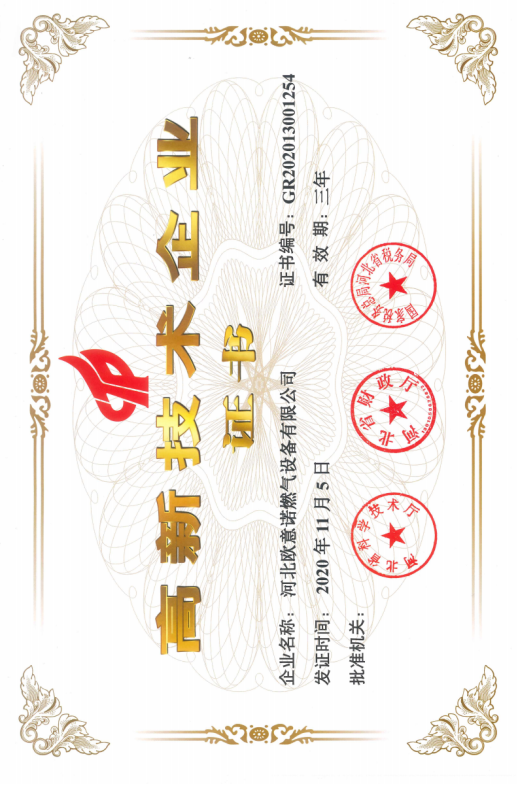
Nov . 05, 2024 02:50
Back to list
صمام تنفيس الأمان
Safety Relief Valves An Essential Component in Industrial Safety
Safety relief valves (SRVs) are critical devices used in various industrial applications to ensure safe operation by preventing overpressure conditions in equipment. These valves play a vital role in protecting systems from catastrophic failures that could lead to explosions, equipment damage, or even loss of life. Understanding the importance, operation, and maintenance of safety relief valves is essential for anyone involved in industrial processes.
What is a Safety Relief Valve?
A safety relief valve is a type of valve that automatically releases pressure from a system when it exceeds a predetermined level. When pressure builds up due to various factors such as thermal expansion, equipment malfunction, or external heat sources, the valve opens to allow the excess pressure to escape, thus averting potential hazards. Once the pressure drops back to a safe level, the valve reseats itself, closing and containing the pressure within the system.
Importance of Safety Relief Valves
The primary purpose of safety relief valves is to protect equipment and personnel from the dangers associated with excessive pressure. In industries such as oil and gas, chemical processing, and power generation, systems often operate under high-pressure conditions. A failure to control pressure can lead to disastrous consequences, including explosions, fires, and environmental spills. Consequently, employing SRVs is not only a regulatory requirement but also a crucial component of a company’s safety management system.
.
How do Safety Relief Valves Work?
صمام تنفيس الأمان

Safety relief valves function based on the principles of pressure and force. The valve consists of a spring-loaded mechanism that is calibrated to a specific pressure set point. When the system pressure rises to this set point, the force exerted by the pressure overcomes the spring force, causing the valve to open. This action allows fluid or gas to escape until the pressure drops below the set point, at which point the spring force closes the valve, sealing the system once more.
It’s important to note that safety relief valves can be classified into two main types spring-loaded and pilot-operated valves. Spring-loaded valves utilize a spring mechanism directly connected to the valve seat, while pilot-operated valves use a smaller pilot valve to control a larger main valve. Both types serve the same fundamental purpose but may be chosen based on specific application demands, fluid properties, and operational requirements.
Maintenance of Safety Relief Valves
To ensure their efficacy, safety relief valves require regular maintenance and testing. Over time, wear and tear can affect their operation, leading to either premature opening or failure to open when required. Routine inspections should include checking for signs of corrosion, leakage, or mechanical wear. Testing these valves under controlled conditions is essential to confirm their performance and adjust set points as necessary.
In addition, it is crucial to maintain accurate documentation of inspections and tests to comply with industry regulations. A proactive maintenance strategy not only enhances safety but also contributes to overall operational efficiency.
Conclusion
Safety relief valves are indispensable in maintaining safety across various industrial sectors. By preventing overpressure events, they protect both human life and critical assets from catastrophic failures. Understanding their operation, maintenance, and importance is essential for professionals in the field. Ultimately, investing in high-quality safety relief valves and adhering to strict maintenance routines will foster a safer working environment and support sustainable industrial practices.
Next:
Latest news
-
Safety Valve Spring-Loaded Design Overpressure ProtectionNewsJul.25,2025
-
Precision Voltage Regulator AC5 Accuracy Grade PerformanceNewsJul.25,2025
-
Natural Gas Pressure Regulating Skid Industrial Pipeline ApplicationsNewsJul.25,2025
-
Natural Gas Filter Stainless Steel Mesh Element DesignNewsJul.25,2025
-
Gas Pressure Regulator Valve Direct-Acting Spring-Loaded DesignNewsJul.25,2025
-
Decompression Equipment Multi-Stage Heat Exchange System DesignNewsJul.25,2025

